What to plant in Tropical Climates during November
This Honey Dew Melon variety produces fruit with a thick, lime-green flesh. Fruit can grow up to 20cm round or 2.5kg in weight. The fruit rind is thin, smooth, and pale in appearance. Honey Dew Melon is a vining plant, so make sure to allow this variety plenty of room in your garden. Once harvested, Honey Dew Melon fruit can be stored for several months.
Romanian Red Cos Lettuce is a bi-colour variety which has deep-red and vibrant green leaves that grow vertically to form a loose head. Romanian Red Cos is slow bolting and can handle warmer climates, so it is a great lettuce variety to add to your garden for the summer. The outside lettuce leaves can be harvested as required during the growing season and this will also encourage more plant growth. Romanian Red Cost Lettuce prefers rich well-draining soil and a sunny spot in your garden (but it can tolerate partial shade). Romanian Red Cos Lettuce may require protection from the sun during the extreme heats of summer. Protect your lettuce from pests like snails, slugs, and aphids.
Grow your own 'iceburg' lettuce! Great Lakes Lettuce is your common, drum-head lettuce with crisp, slightly crinkled leaves. Great Lakes Lettuce is easy to grow, slow bolting, and can handle a partially shady spot in your garden. While Great Lakes Lettuce dislikes extreme heats, this variety can handle hot conditions better than other lettuce varieties — so it will be a great addition to your garden in the summertime! This lettuce variety can grow well in a variety of different soils, but it will need to be protected from pests like snails, slugs, and aphids.
Our Elegans Formula Zinnia seeds are a mixture of 17 different colours. Elegans Formula Zinnias are an easy to grow annual that produces double flowers in bold, bright colours. The stems of the plant are sturdy and can grow to 90cm high. Elegans Formula Zinnias are great to use for cut flowers, to add a pop of colour to your garden, or to attract beneficial insects! Elegans Formula Zinnias are perfect for growing in pots, containers, or grow bags.
Sugar Baby Watermelon is a summer vining variety that produces fruits up to 20cm in diameter or 5kg in weight! Sugar Baby Watermelon has a thin, deep-green skin and a sweet, vibrant-red flesh. The fruit of the Sugar Baby Watermelon plant is smaller than other watermelon varieties. This means that the fruit will ripen sooner, making it an early-maturing plant (compared to other watermelon varieties). This variety of watermelon also has minimal seeds. Harvest your watermelons when the stem starts to turn brown and die off. Sugar Baby Watermelons grow best when they are planted in a sunny spot.
Giant Single Sunflowers are a yellow-centred, yellow-petal flower that can grow up to 1.5 to 2 metres tall. Giant Single Sunflower plants produce one, large, golden, impressive flowerhead. These plants are hardy, drought-tolerant and fast growing. This variety of sunflower also boasts a strong rust resistance. Giant Single Sunflowers are great for attracting beneficial insects to your garden.
To maintain seed viability, please store your Early Rosella seeds in the fridge.
Early Rosella is a unique annual bush that produces deep-red fruits called calyces. Rosella fruits look like fleshy, unopened flowers. These fruits can be harvested to make jams, relishes, and teas, or they can be eaten raw. Rosella fruits start off as hibiscus-like flowers. Once the Rosella flowers die off, the fruit is left for harvesting. Rosellas like fertile, well-draining soil, but they can handle a range of soil types. Rosella plants need a minimum of 6 months of warm weather to grow and produce properly (we are looking at you South-East Queensland!). This variety of rosella can grow up to 2m high. Early Rosella plants are extremely low-maintenance, but for best results prune after your first heavy harvest (this is usually in summer).
White Icicle Radish forms a carrot-shaped edible root that is snow white and mild in flavour. White Icicle Radishes can grow up to 15cm long, are crisp in texture and have a thin skin. This variety of radish is fast growing, early maturing and can handle being planted in an area that only gets partial sun.
French Breakfast Radish produce cylindrical edible roots that grow to around 5cm long. Radishes have a deep pink and white skin and white flesh, with large leafy green tops growing 15cm tall. French Breakfast Radishes have a crisp texture but are relatively mild in flavour. This variety of radish is fast growing, early maturing and can handle being planted in an area that only gets sun for half of the day.
Yolo Wonder Capsicum is closely related to the California Wonder Capsicum, but has increased disease resistance and produces thicker foliage which is said to better protect the fruit from sunburn. Yolo Wonder Capsicum produces fruit of up to 10cm long that ripens from green to red as it matures. This variety can grow up to 60cm (you may need a stake to support the plant as it grows!) and is a heavy producer. Fruit can be eaten green if you prefer a more bitter capsicum or let the fruit turn bright-red for a sweeter capsicum. Yolo Wonder Capsicum prefers a sunny location, but can handle partial shade. Plant Yolo Wonder Capsicum in well-draining, fertile soil.
California Wonder Capsicum is a well-known pepper variety producing bright-red and green fruit. The fruit of this capsicum variety is sweet, crisp, and high in vitamin A and C. Fruit can grow up to 10cm long, and will start green and become red as it matures. California Wonder Fruit can be harvested when green or red. Capsicum is easy to grow and produces well. California Wonder Capsicum prefers a sunny location, but can handle partial shade. Plant California Wonder Capsicum in well-draining, fertile soil.
Our Cactus Species Mixed seeds contains five species of perennial cacti species. Cacti are a fantastic, extremely low-maintenance way to add greenery to your house or garden. Cactuses can grow in poor soil conditions — in fact, they love sandy or rocky soil. Cactuses also don't need to be watered often. They actually prefer to stay dry! Cactuses are long-lasting, hardy, and will put on a beautiful display when they flower. Cactuses are fantastic little houseplants. Pop them in a miniature colourful pot, place them in a sunny position, then set and forget!
Our Cactus Species Mix contains random quantities of the following seed varieties:
Saguaro Cactus (Carnegia gigantea) — The Saguaro Cactus is a tall, skinny, tree-like cactus that form branches (otherwise known as 'arms'). The spines of the Saguaro Cactus are small and white. This variety of cactus produces strong-scented white flowers at the top of the stems and the cactus arms in the late spring.
Golden Barrel Cactus (Echinocactus grusonii) — The Golden Barrel Cactus is a short, round-shaped cactus with long golden spines. The colour of cactus is pale- to lime- green and they sprout bright yellow flowers in late spring.
Strawberry Cactus or Hedgehog Cactus or Strawberry Hedgehog Cactus (Echincereus enneacanth) — The Strawberry Hedgehog Cactus is affectionately named after the lifeform it resembles. The Strawberry Hedgehog Cactus can form small clumps of 100 (or more) individual stems by the time it reaches maturity. In the summer, these stems develop large, show-stopping, bright pink-purple (or 'strawberry') coloured flowers.
Barrel Cactus (Ferocactus sp.) — Barrel Cactuses are large and attractive individual barrel-shaped stems. The flowers of a Barrel Cactus are small but generally form a ring around the tip of the cactus. Barrel Cactuses have ridges that run vertically down the stem, and are covered with both long and short spines.
Arizona Barrel Cactus (Ferocactus wislizeni) — Arizona Barrel Cactuses are usually a singular, cylindrical shaped cactus. Rarely does this variety have multiple stems. The Arizona Barrel Cactus has between 15 to 30 ribs with small groupings of spines running down each rib. Similar to other Barrel Cactuses, the Arizona Barrel Cactus produces a ring of flowers around the tip of its stem.
Get the birds and the bees buzzing in your garden with our Butterfly Mix! Our Butterfly Mix contains Monarda didyna (Beebalm), Rudbeckia (Black/brown Eyed Susans), Liatris (Blazing Star), Nepeta — Catmint (similar to Catnip, but does not entice cats), Echinacea, Ageratum (Floss Flower), Lavender, Asclepias (Tropical Milkweed), Phlox (Garden Phlox), Salvia (Common Garden Sage), Antirrhinum (Snapdragon), Achillea (Yarrow), and Zinnia seeds. Not only will this combination of flower seeds look aesthetic and attract butterflies to your garden, but it will also diversity your backyard ecosystem and provide the butterflies with the nectar they need to pollinate your plan
Early Wonder Beetroot is early maturing variety that produces a deep red, round edible taproot. Early Wonder Beetroot can be harvested once the bulb reaches a around 5cm in diameter. The bulb can become woody if they are left to mature for too long (around 8 to 10cm in diameter). Don't forget the leaves of a beet plant are edible too! Use as a leafy green (similar to Swiss Chard) in stir fries and stews, or simply steam and enjoy. Harvest the greens any time.
Genova Basil is an annual herb that produces aromatic, medium-green leaves that grow around 5 to 8cm long. These leaves boast a strong, peppery flavour and a vibrant fragrance. Genova Basil plants can grow between 50 to 70cm tall and are relatively slow bolting compared to other varieties — this makes Genova Basil great for growing in hotter climates. Try adding the basil leaves to a pasta sauce, flavouring some oil or chop finely and sprinkle over your roast potatoes (yes, roast potatoes.. trust us). Genova Basil is also said to be the most popular variety for pestos. Basil has medicinal properties, antibacterial properties, and can help repel mosquitos from your home!
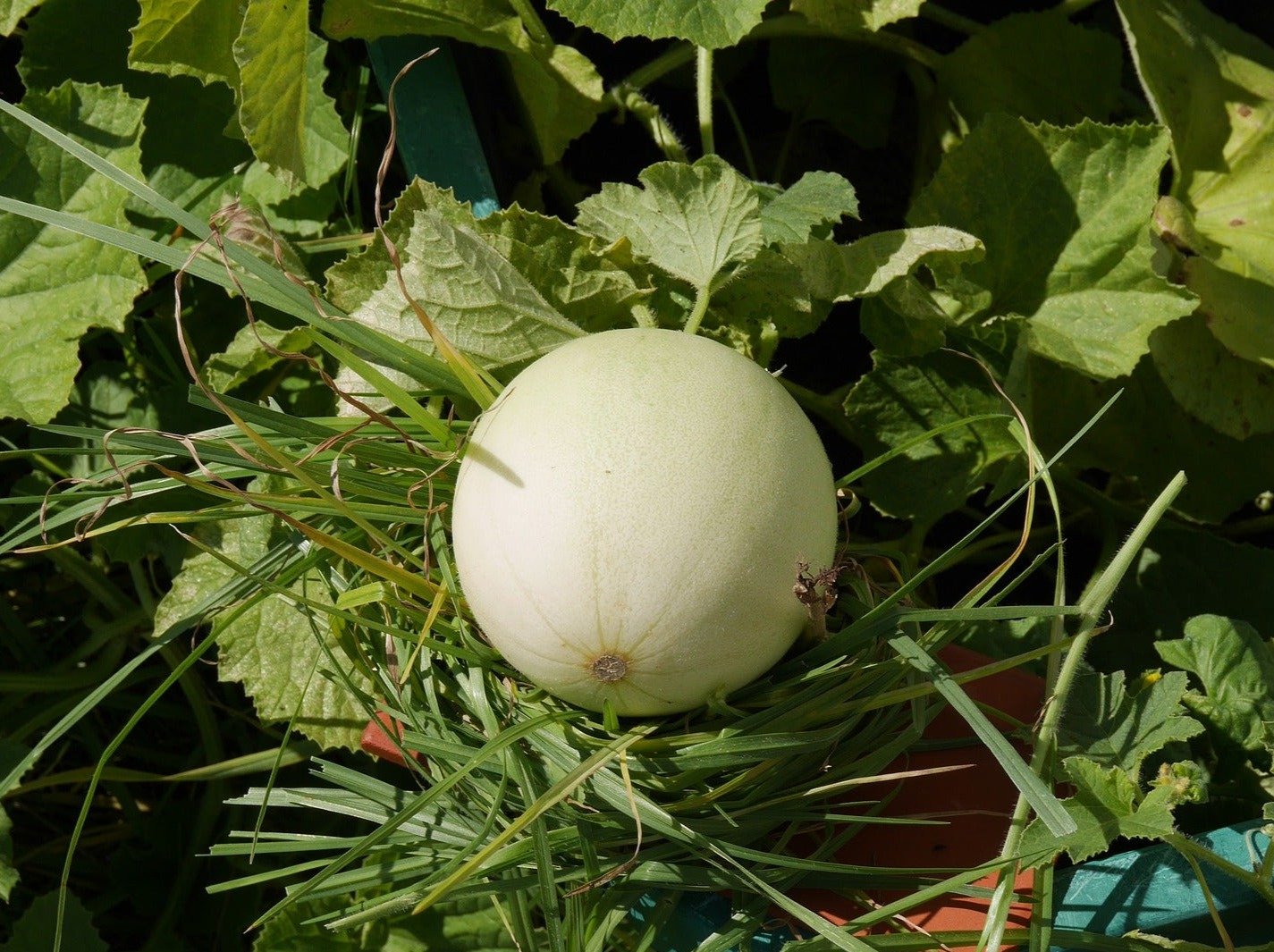

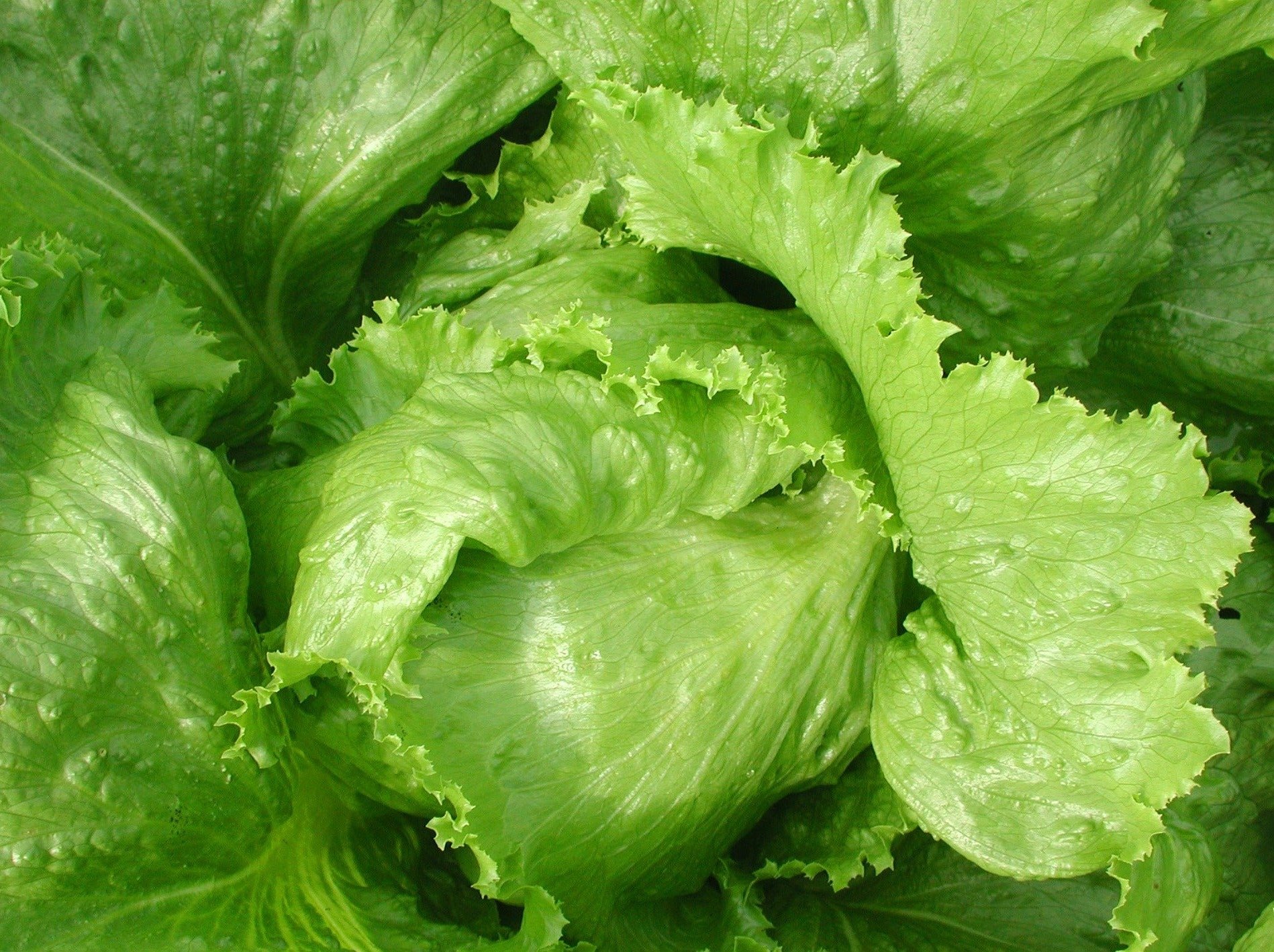
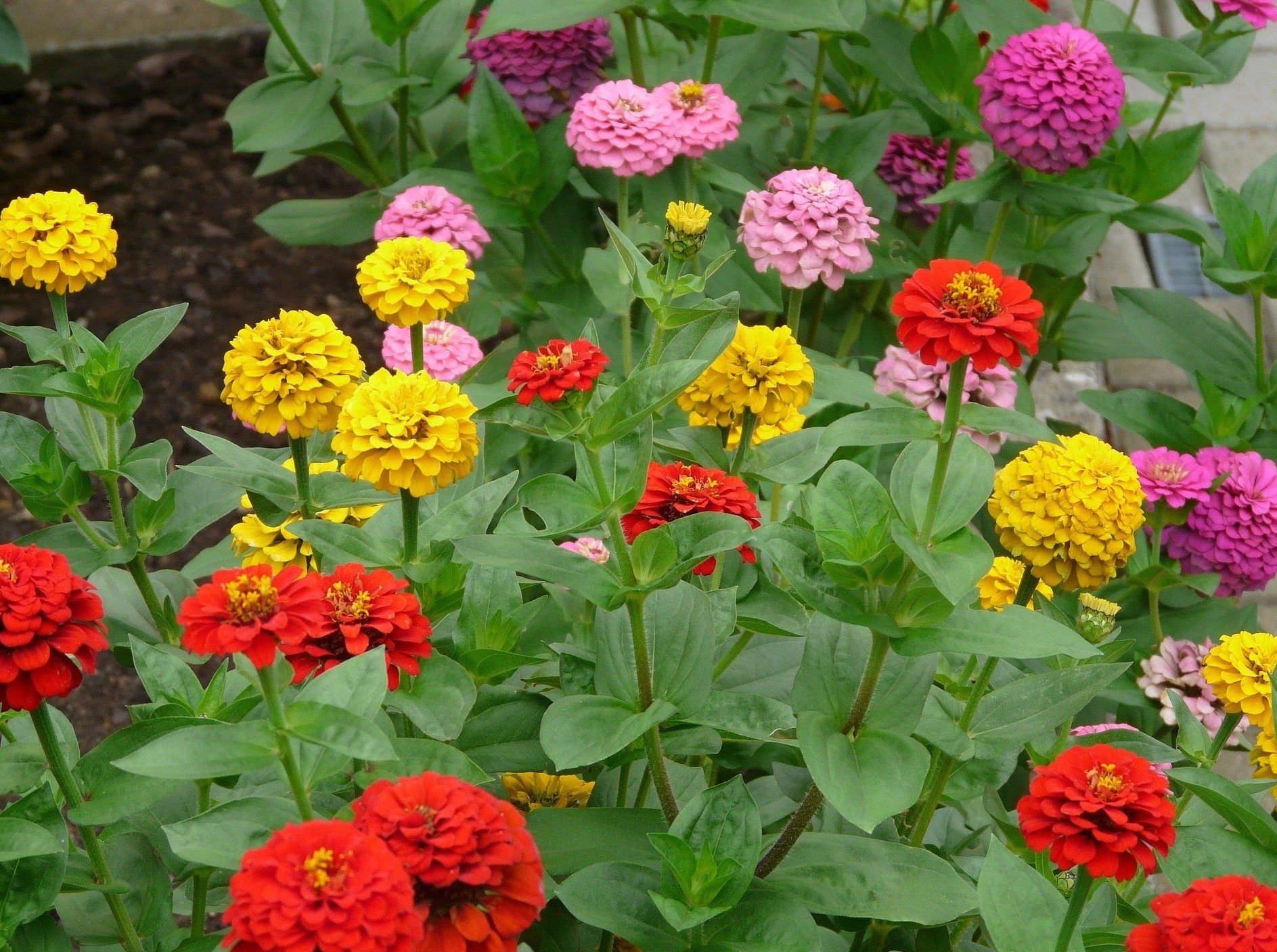
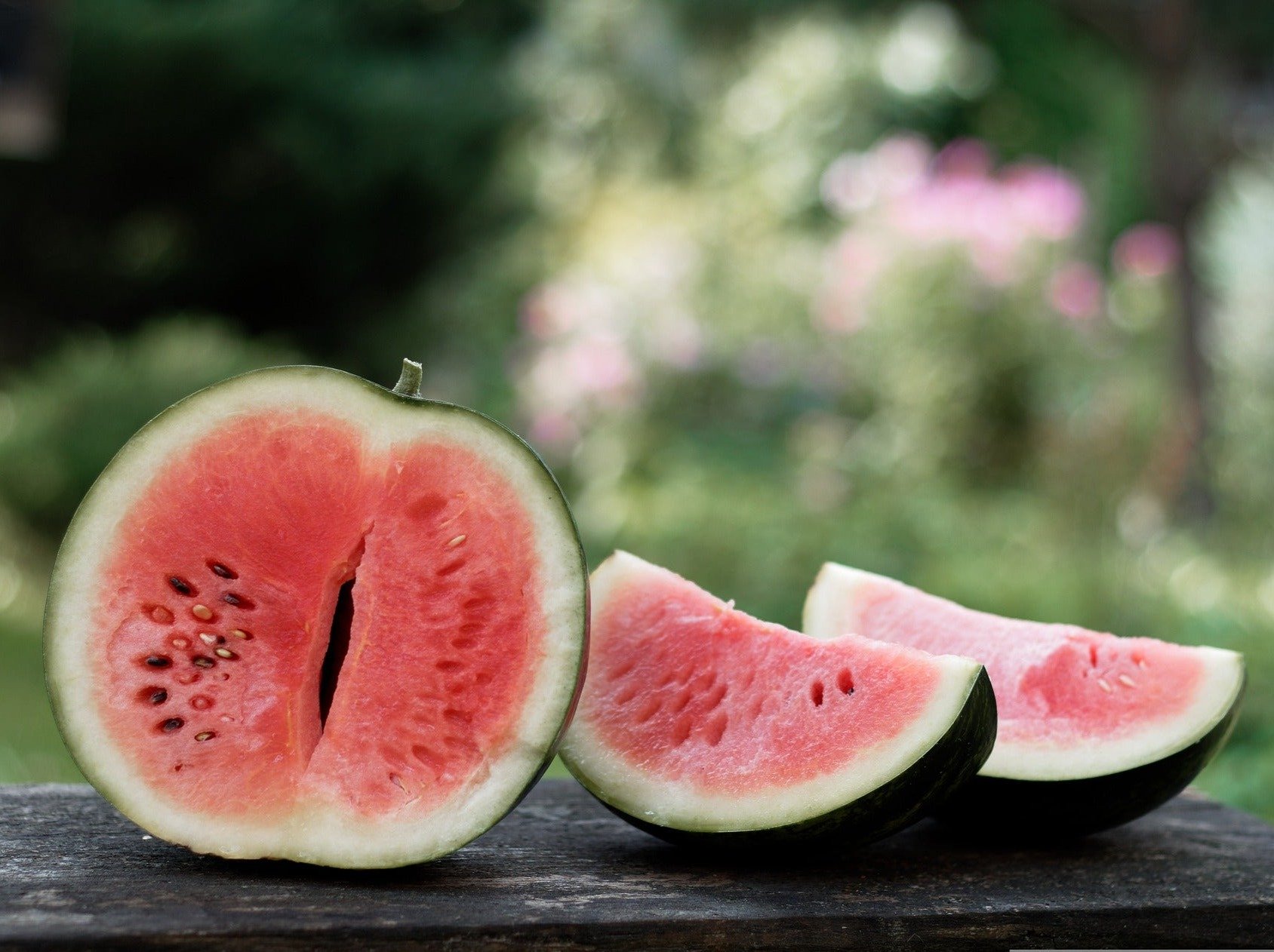
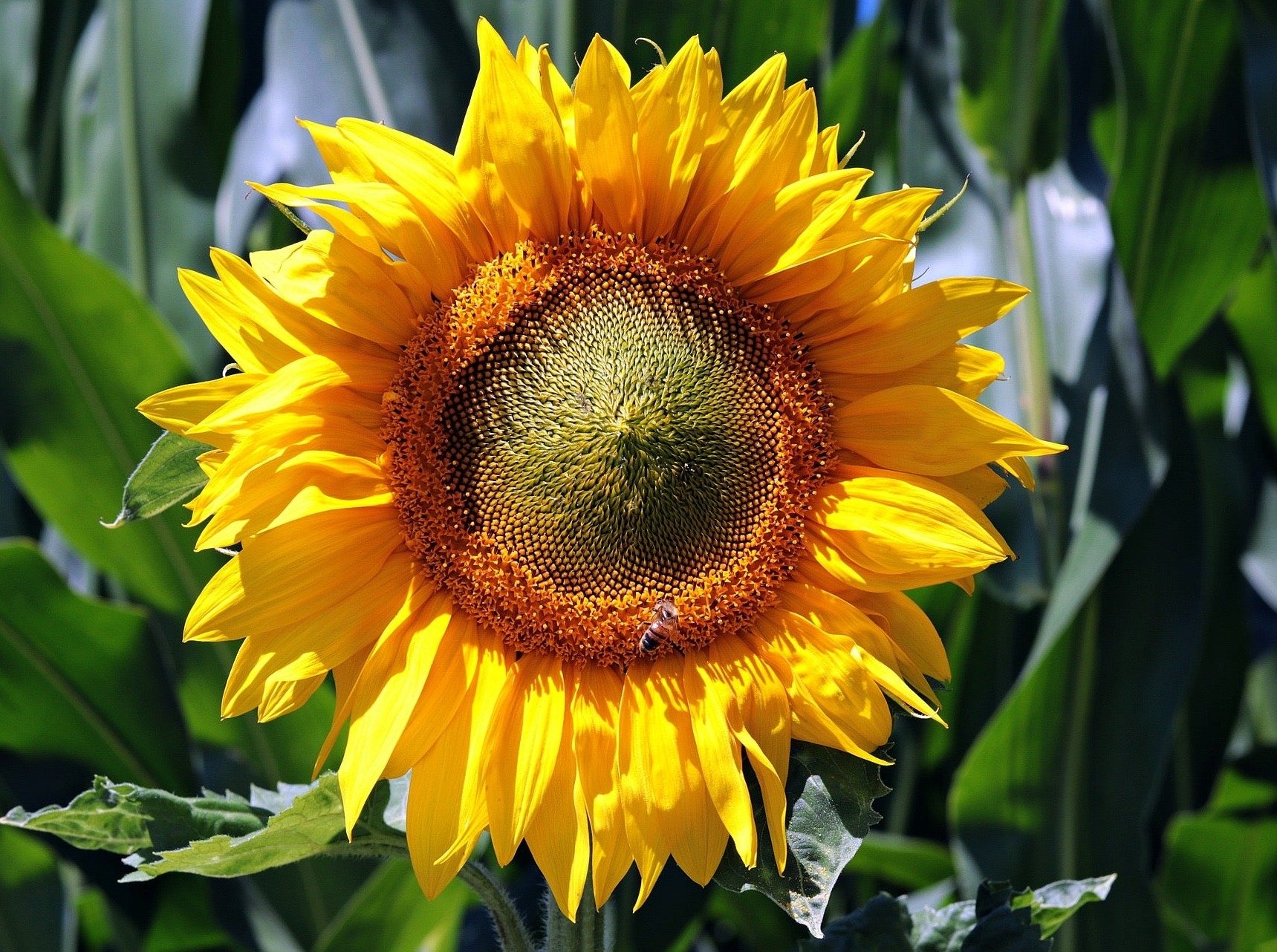
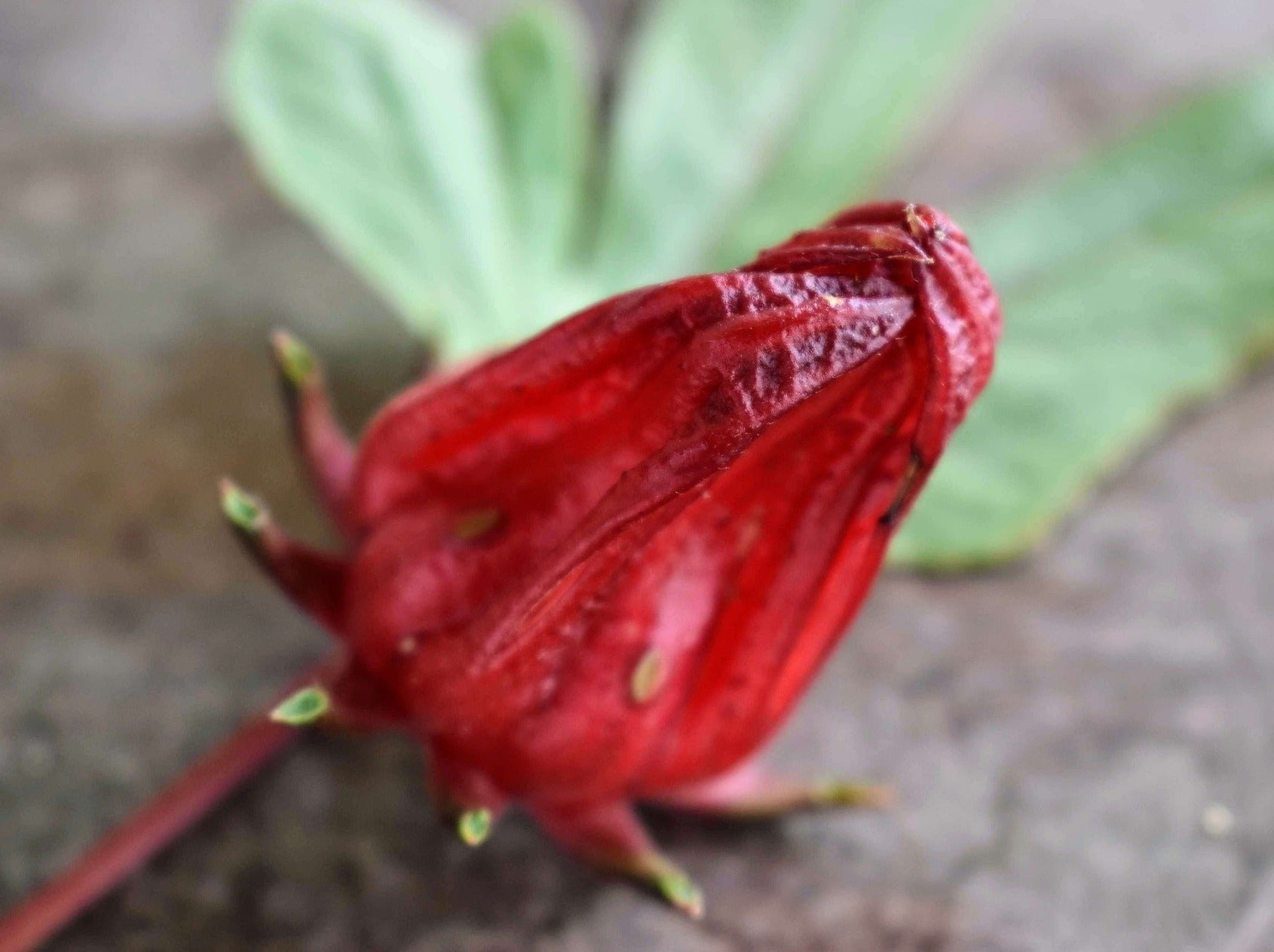

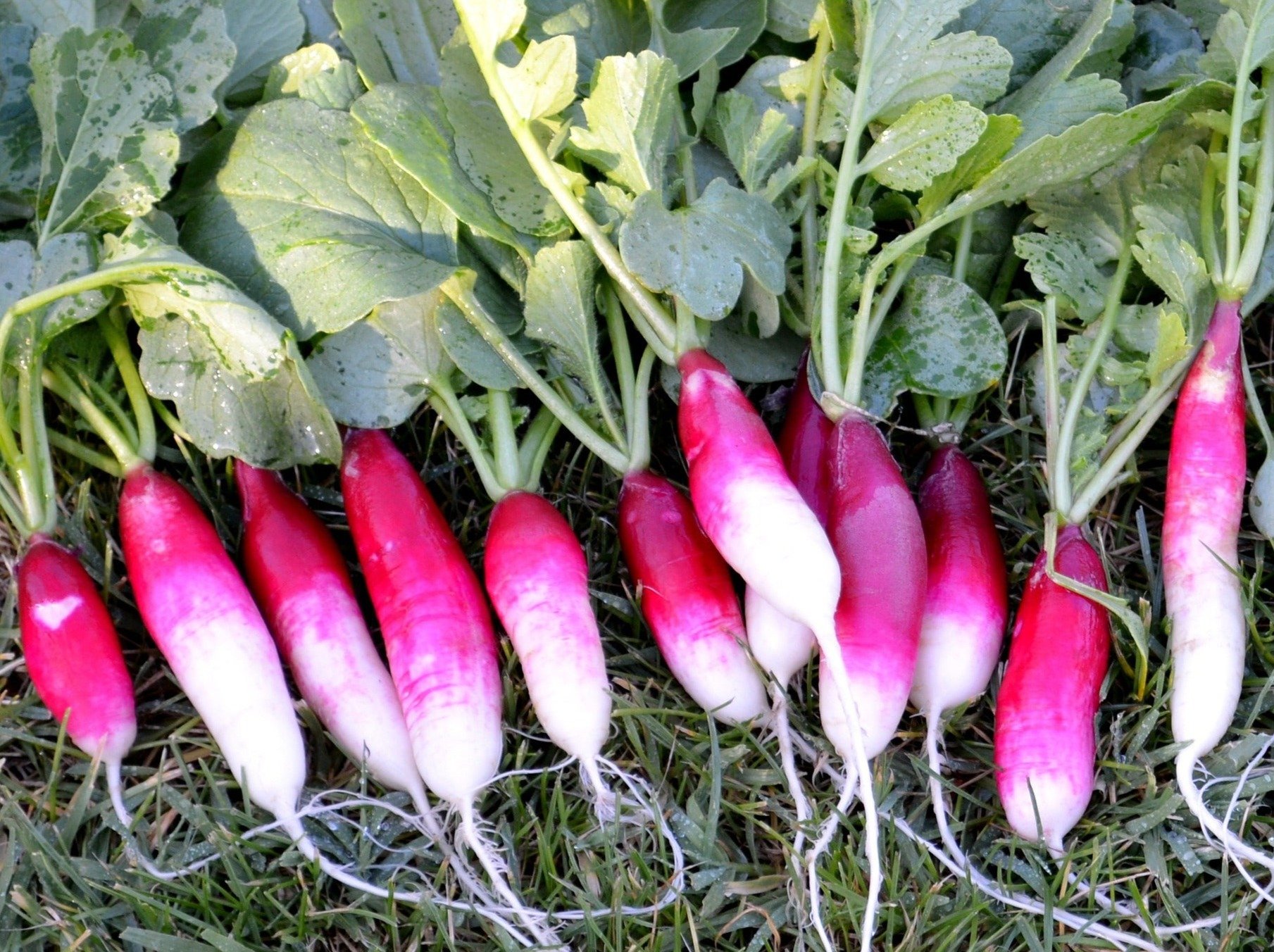
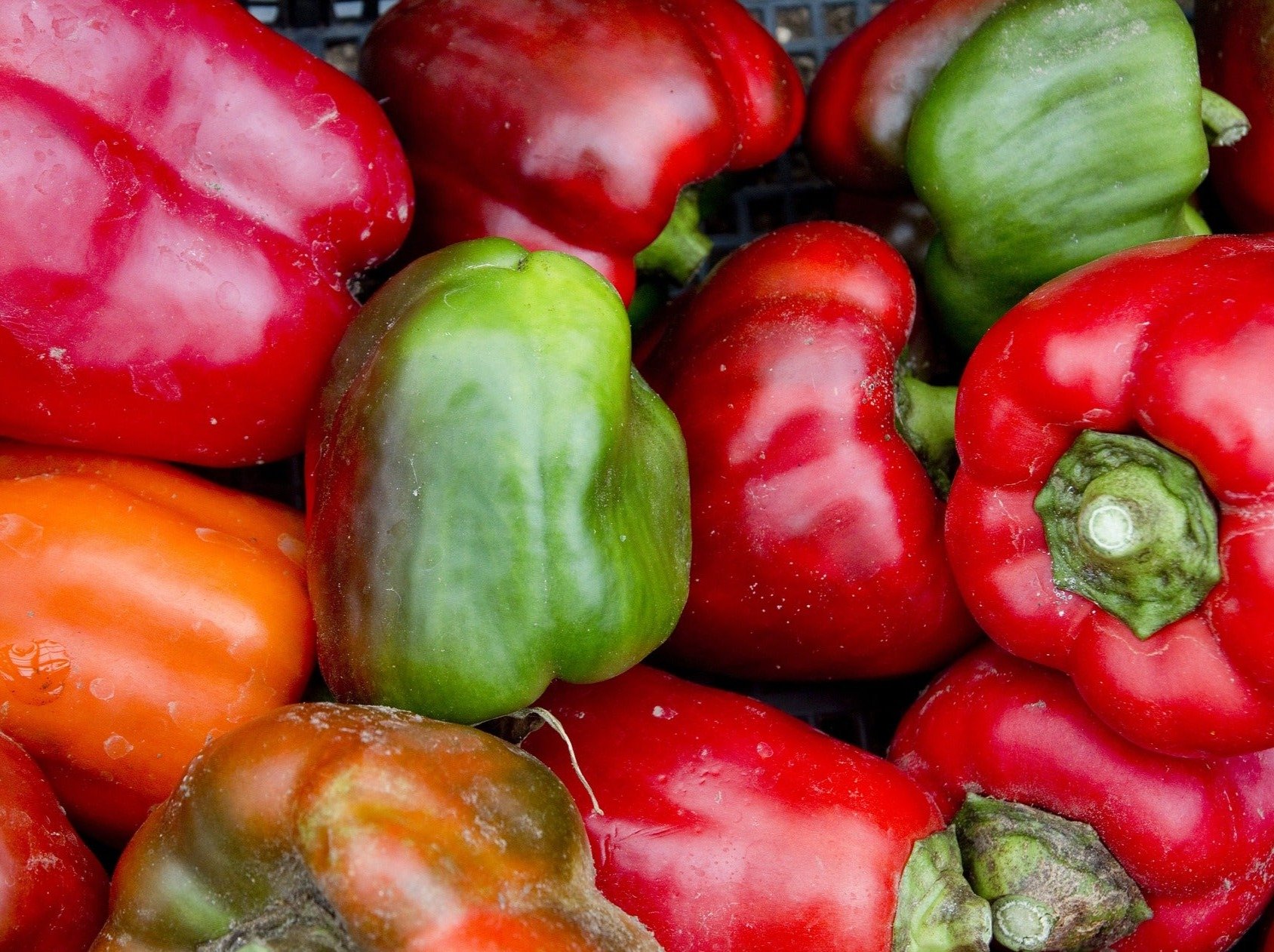


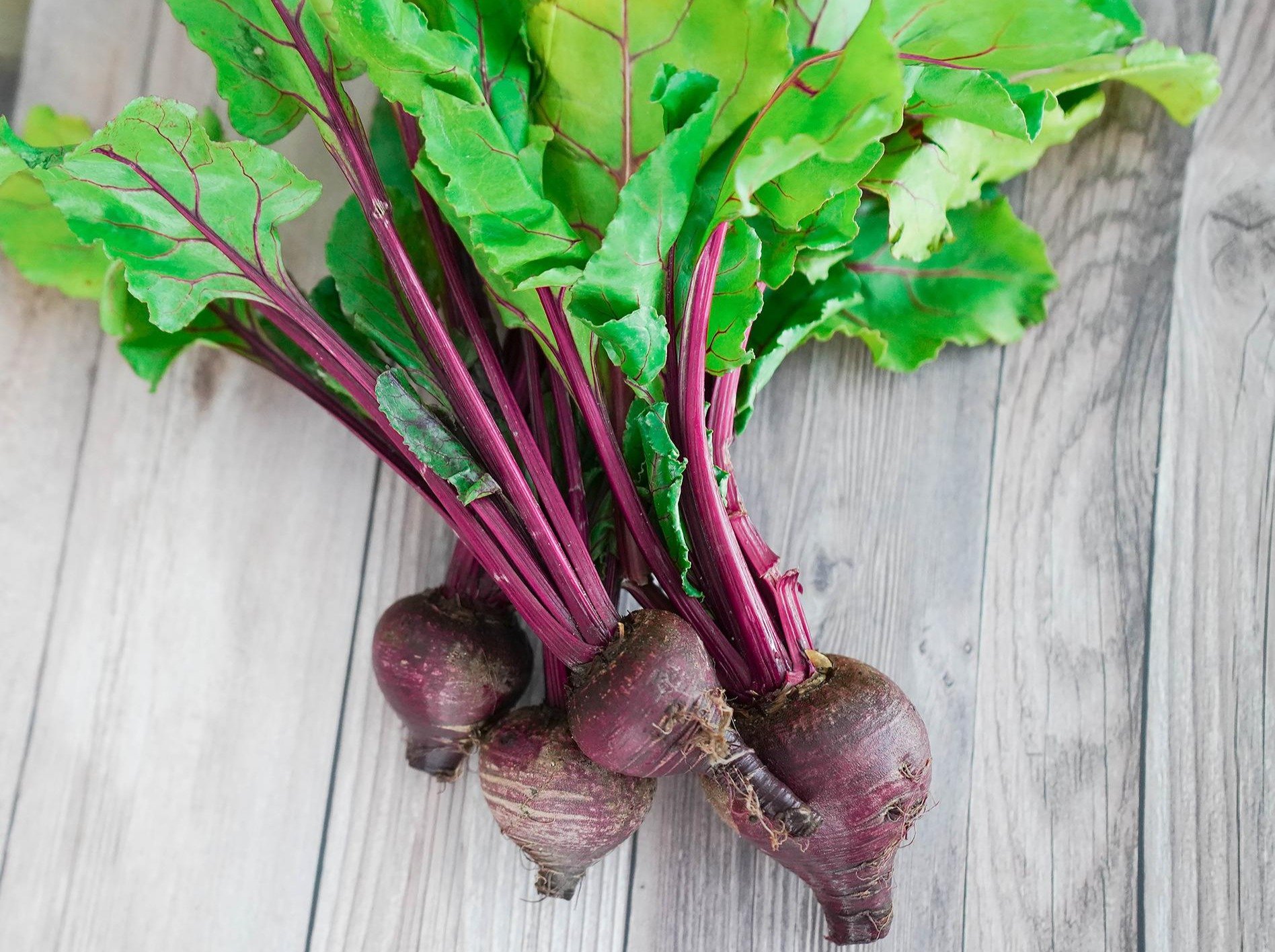

Sakata Sweet Melon is a unique Japanese variety of melon with edible skins. Sakata Sweet Melon is a vining plant that produces small round fruit, approximately 7 to 10cm in diameter. Sakata Sweet Melons are crunchy, juicy, and high in natural sugars. Harvest your Sakata Sweet Melons when the fruit skin starts to turn from pale green to yellow, and the leaves of the vine start to die off. Ensure that your melons are cut from the vine, as if the stalk breaks at the joint of the melon, the flesh could become exposed and your melon can start to rot.